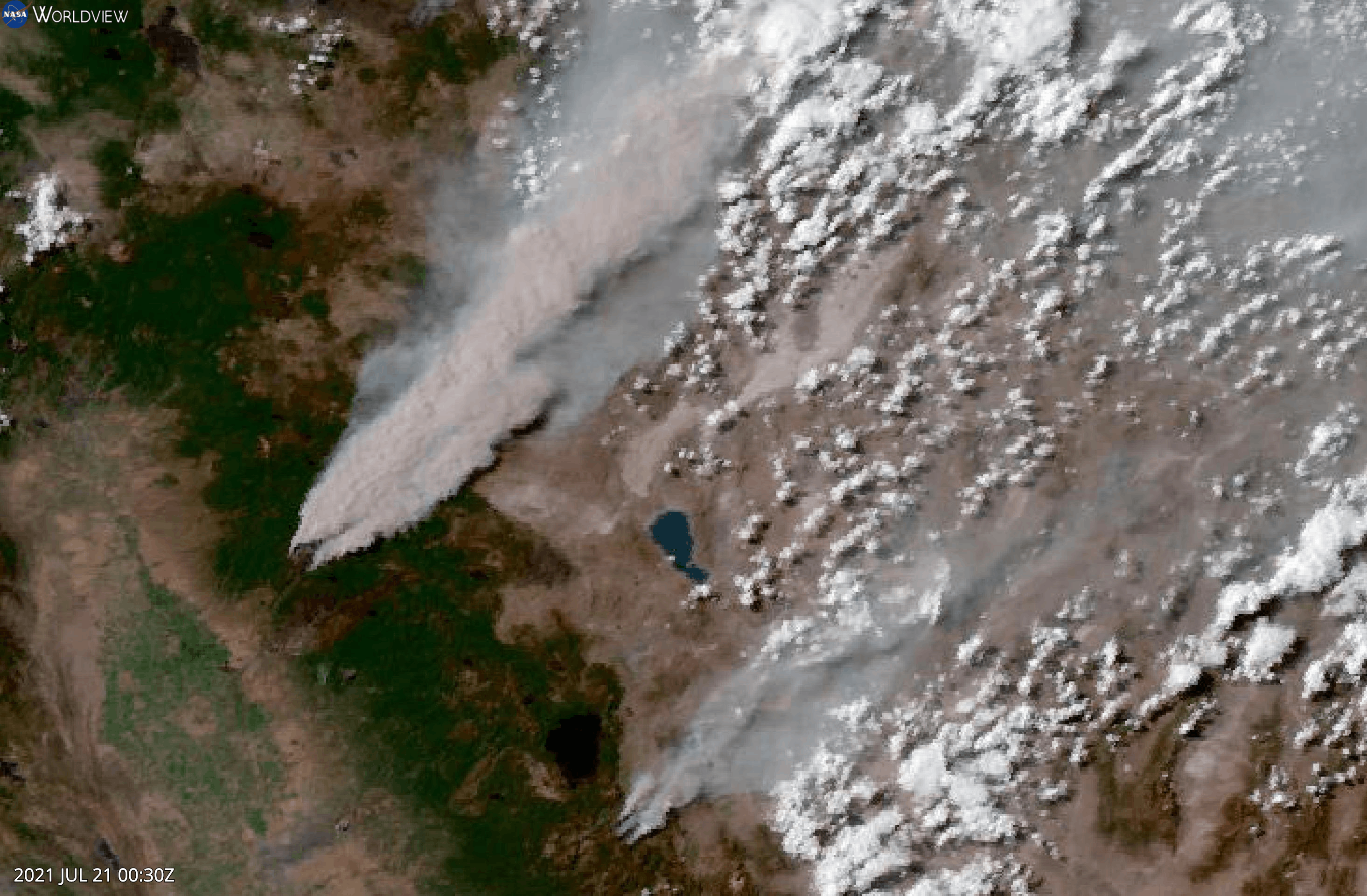Scientists See Space Station Freedom as Launch Pad to Renewed U.S. Space Effort
- Share via
KENNEDY SPACE CENTER, Fla. — The manned station Freedom, an orbiting outpost of America in the icy silence of space, will take center stage in the U.S. space effort in the 1990s and be a springboard for human journeys to the moon and Mars.
American scientists also expect to reap a rich harvest during the decade with an armada of sophisticated unmanned spacecraft that will explore the planets and peer back into the beginning of time.
At the same time, the Soviets will continue development of a space shuttle and exploit their own space station Mir as they pursue their stated goal of dispatching cosmonauts to Mars early in the 21st Century.
And the growing space programs of the European Space Agency, Japan and China will expand as they embark on their own manned space efforts.
As the new decade begins, America’s future course is uncertain. Its space program is at a crossroads, and it will be up to the Bush Administration, the Congress and the people to decide which direction it should take.
In July, on the 20th anniversary of man’s first landing on the moon, President Bush stood on the steps of the National Air and Space Museum and declared: “We must commit ourselves anew to a sustained program of manned exploration of the solar system, and, yes, the permanent settlement of space.”
He proposed “a long-term, continuing commitment” to completion of space station Freedom in the 1990s and to a permanent base on the moon and a manned mission to Mars early in the next century.
But the President provided no firm timetable or budgets for such grand schemes, instead directing Vice President Dan Quayle, as head of the National Space Council, to work out the details.
Bush is expected to offer a more detailed plan in his State of the Union address early next year.
Freedom is the key element in the entire exploration plan, since it would serve as a training base and launch pad for the more ambitious flights to the moon and Mars.
But the space station has had a troubled history. The original plan called for astronauts aboard space shuttles to begin assembling it in orbit in 1992, with a total of 20 shuttle flights needed to have it fully operational by 1995.
Cost overruns, budget cuts and NASA’s poor job of selling the station to a skeptical Congress have delayed the project, and initial assembly is now scheduled to start in 1995 or 1996.
The U.S. cost will be about $25 billion, with European, Japanese and Canadian partners contributing modules and other station facilities worth an additional $8 billion. This will give astronaut-researchers of these nations access to the station and provide them with valuable experience for developing independent manned space programs.
Orbiting 250 miles up, the station would provide living and working quarters for as many as eight people, with astronauts rotating back to Earth after four to six months. Some would stay longer to gain long-term exposure to weightless living, in preparation for a Mars flight that might take as long as 18 months.
As a scientific base, the station will allow humans to study the stars and planets from the pollution-free environment of space. The weightless world will permit the processing of new, pure medicines, metals and other products that cannot be made in Earth’s gravity. And astronauts aboard Freedom would assemble, service and repair satellites and send them out to explore space.
Space science is experiencing a resurgence after years of neglect because of tight NASA budgets.
“We are embarking on a golden age of space science,” said Lennard Fisk, the agency’s associate administrator for space science and applications. “What’s coming up is an era of unprecedented excitement and activity.”
Among the events scheduled in the 1990s:
* Magellan, launched from a space shuttle last May, is to orbit Venus next August and will study that planet for several years.
* Galileo, launched from a shuttle in October, is to orbit Jupiter in 1995 and fire a probe into its atmosphere. En route, Galileo will probe Venus and take the first close-up look at an asteroid.
* COBE (Cosmic Background Explorer), launched Nov. 18, will spend years studying how stars and galaxies were formed by analyzing cosmic background radiation consisting of particles of light, or photons, permeating the universe.
* ROSAT, a cooperative mission with West Germany, will be launched next year to send back a detailed survey of X-rays emitted into the universe by violent explosions, such as those occurring at the end of a star’s life.
* Hubble Space Telescope, to be launched from a shuttle next March, will enable astronomers to observe stars and galaxies so far away that they will be viewing these remote bodies as they existed 14 billion years ago, near the time scientists believe the universe was formed.
* Mars Observer will be launched in 1992 to orbit the red planet for a multiyear examination.
* Other payloads scheduled for deployment from the shuttle in the next few years include a series of Astro spacecraft carrying ultraviolet and X-ray telescopes to study quasars, pulsars and other celestial objects; the Gamma Ray Observatory to explore gamma ray sources throughout the universe, and Ulysses, to probe the sun.
More to Read
Sign up for Essential California
The most important California stories and recommendations in your inbox every morning.
You may occasionally receive promotional content from the Los Angeles Times.










